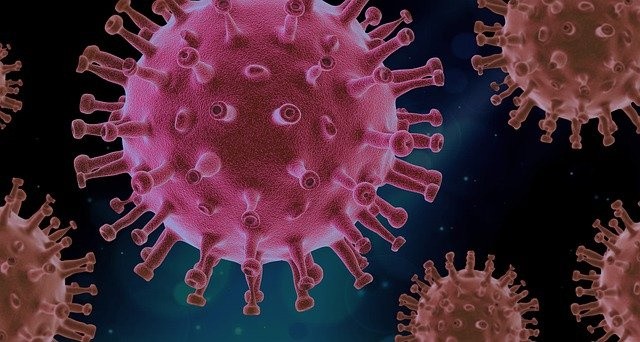
Research conducted by the Rady Children's Institute for Genomic Medicine, and the University of California San Diego School of Medicine shows how COVID-19 infects the brain using a stem cell model. Scientists are looking for ways to mitigate its effects on the brain to minimize SARS-CoV-2 effects on patients.
Said effects are presently one of the many symptoms that are experienced by patients who are sick with the coronavirus.
Ways for the virus to reach the brain
The group of researchers has observed from evidence that one way for the virus to get into the brain is through the spinal fluid that may cause severe damage. But there seem to be other ways of entry, reported Eurekalert.
In the said study, the evidence suggests that SARS-CoV-2 infections might move to the brains, expressed Joseph Gleeson, lead researcher and one of the study's authors, noted Science Daily.
He added that COVID19-induced brain damage might happen if long COVID occurs, but it seems that brain cells would be targeted by the virus. Previous studies have indicated that SARS-CoV-2 might enter the brain thru the cells that make spinal fluid, although other routes of transmission proved to be more likely.
Scientists on the study composed of neuroscientists and infectious disease specialists noted that in most cases the neural cell would be less likely to be taken over by the coronavirus. But, some other types of brain cells might be considered a trojan horse for the virus. These were results of the stem cell model of how SARS-CoV-2 infects the brain.
Nature Medicine further stated that COVID-19 receptor is carried to the brain by pericytes, specialized cells that envelopes the blood vessels. A simulation model added pericytes in brain organoid or three-dimensional neural cell cultures , as well as other types of brain cells, as the component in the assembloid.
It is a stem cell model used for this purpose. Several brain cells are factored in the model used for the study, which demonstrated that they can be infected by the coronavirus.
The coronavirus infiltrated pericytes, which functioned as specialized factories for viral synthesis. Infection is caused locally, might be spread to other cell types, inflicting widespread damage.
The virus infected the pericytes, which replicates the pathogenic COVID cells. This determined that the supporting cells known as astrocytes are the main target of this secondary infection. They plan to use better model system for more insight on this.
Gleeson added that another way that COVID can take advantage to seek entry indirectly is through the bloodstream and blood vessels. Hitchhiking on the pericytes, SARS-CoV-2 will be carried into the brain by blood transport, thus infecting other brain types of brain cells in the process.
Dreadful effects of SARS-Cov-2
Pericytes infected with SARS-CoV-2 might cause inflammation of the blood vessel, which leads to clotting, strokes and hemorrhages which will be followed by horrid complications. These are dreadful effects that may happen to those hospitalized in serious conditions.
Results of the study show the need to improve assembloids with more than just pericytes. They plan to focus also on the blood vessels that show improved circulation in the brain. Using this stem cell model how COVID infects the brain with infectious disease will acquire further understanding to infectious disease in the human brain.
Related Article: SARS-CoV-2 Lambda Variant With Evolved Spike Proteins Compared to Other Strains May be a Threat, But Still Not Verified
© 2025 HNGN, All rights reserved. Do not reproduce without permission.








